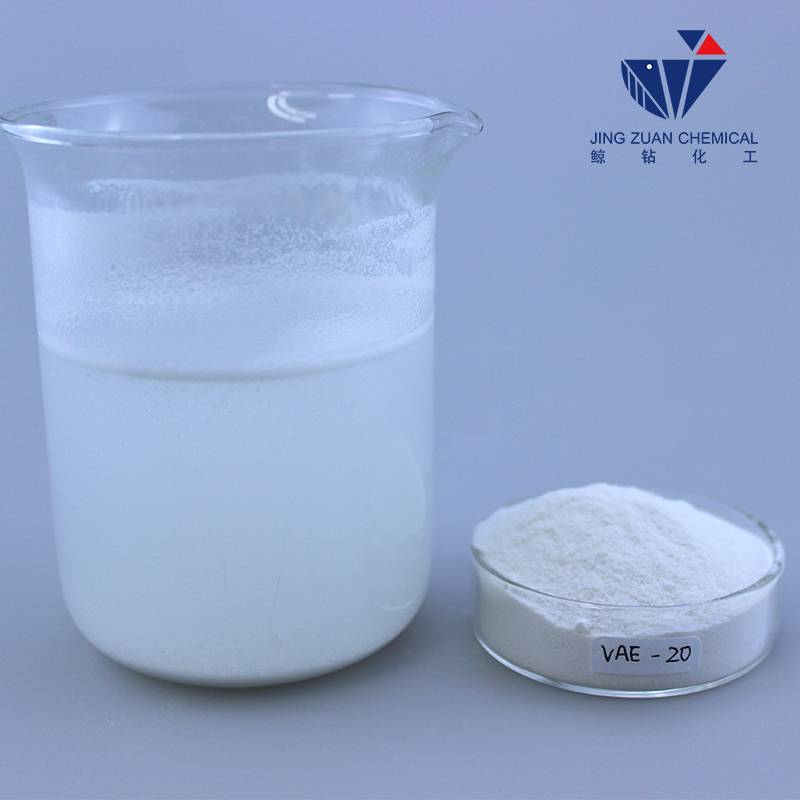
دسمبر . 28, 2024 03:15 Back to list
hpmc solubility
Understanding HPMC Solubility Properties, Applications, and Significance
Hydroxypropyl Methylcellulose (HPMC) is a versatile and widely utilized cellulose derivative, particularly valued in pharmaceutical, food, and cosmetic industries. One of its key properties is solubility, which significantly affects its performance and applicability. This article explores the solubility of HPMC, the factors influencing it, its implications in various fields, and the benefits it offers in formulation design.
What is HPMC?
HPMC is a non-ionic, water-soluble polymer derived from natural cellulose. Its unique chemical structure allows it to form gels when mixed with water, making it an excellent agent for a wide range of applications. HPMC is often used as a thickening and suspending agent, film-forming agent, and emulsifier. Its utility in many formulations relies heavily on its solubility characteristics.
Factors Influencing HPMC Solubility
1. Molecular Weight The solubility of HPMC is closely related to its molecular weight. Generally, lower molecular weight HPMC dissolves more readily in water compared to higher molecular weight counterparts, which may require more time and energy to achieve full dissolution.
2. Hydroxypropyl and Methyl Substitution The degree of substitution of hydroxypropyl and methyl groups on the cellulose backbone plays a critical role in determining solubility. Higher hydroxypropyl substitution typically enhances solubility in water, whereas increased methyl substitution can lead to reduced solubility.
3. Temperature Temperature also impacts the solubility of HPMC. As the temperature rises, the solubility of HPMC generally increases due to greater molecular movement, facilitating the dissolution process. However, the specific temperature-responsiveness can vary based on the specific formulation and concentration of HPMC used.
hpmc solubility

4. pH Levels The pH of the solution can also affect HPMC’s solubility. HPMC shows optimal solubility within a specific pH range, making it essential to consider the pH of the formulation to ensure effective dissolution.
5. Ionic Strength The presence of salts or other ionic compounds in the solution can influence the solubility of HPMC. At higher ionic strengths, the solubility may be reduced due to ionic interactions that can potentially hinder the dissolution process.
Applications of HPMC and the Importance of Solubility
In pharmaceutical formulations, HPMC serves as a critical excipient for tablets, capsules, and controlled-release formulations. Its solubility is vital for ensuring that active pharmaceutical ingredients (APIs) are released at the correct rate and reach the desired therapeutic effects.
In the cosmetic industry, HPMC is used in creams, lotions, and gels primarily due to its thickening and stabilizing properties. The solubility of HPMC allows for the even distribution of active ingredients, which enhances the efficacy of the final product.
Moreover, in the food industry, HPMC is employed as a gluten-free substitute for improving texture and viscosity in various products. The solubility of HPMC ensures compatibility with other ingredients, contributing to the overall stability and quality of food products.
Conclusion
The solubility of Hydroxypropyl Methylcellulose is a fundamental aspect that significantly impacts its functionality across multiple industries. Understanding the factors that influence HPMC solubility allows formulators to leverage its properties effectively, ensuring optimal performance in pharmaceutical, cosmetic, and food applications. As the demand for innovative formulations continues to grow, ongoing research into the solubility characteristics and practical applications of HPMC will be vital in enhancing product quality and consumer satisfaction.
-
Unlocking the Benefits of HPMC Products: A Gateway to Versatile Applications
NewsAug.07,2025
-
Unleashing the Potential of HPMC Ashland: A Comprehensive Look
NewsAug.07,2025
-
Tile Bonding Cellulose: The Key to Superior Adhesion and Durability
NewsAug.07,2025
-
Hydroxypropyl Methylcellulose Powder: The Versatile Component in Modern Pharmaceuticals
NewsAug.07,2025
-
Hydroxyethyl Cellulose: The Versatile Solution for Various Industries
NewsAug.07,2025
-
Hydroxyethyl Cellulose (HEC): The Versatile Polymer for Various Applications
NewsAug.07,2025







